On paper, a hummingbird shouldn’t work. A creature the weight of a nickel that keeps its blood racing, its wings blurring, and its brain alert seems to break the rules every second it’s alive. Yet here it is, hovering over a flower like a tiny helicopter, heart thundering faster than many medical monitors can track. Biologists have chased this paradox for decades, and fresh imaging and metabolic studies are finally mapping how a bird can live this close to the edge. The puzzle runs deeper than speed; it’s about how tissues endure extremes without tearing themselves apart, night after night, season after season.
The Hidden Clues
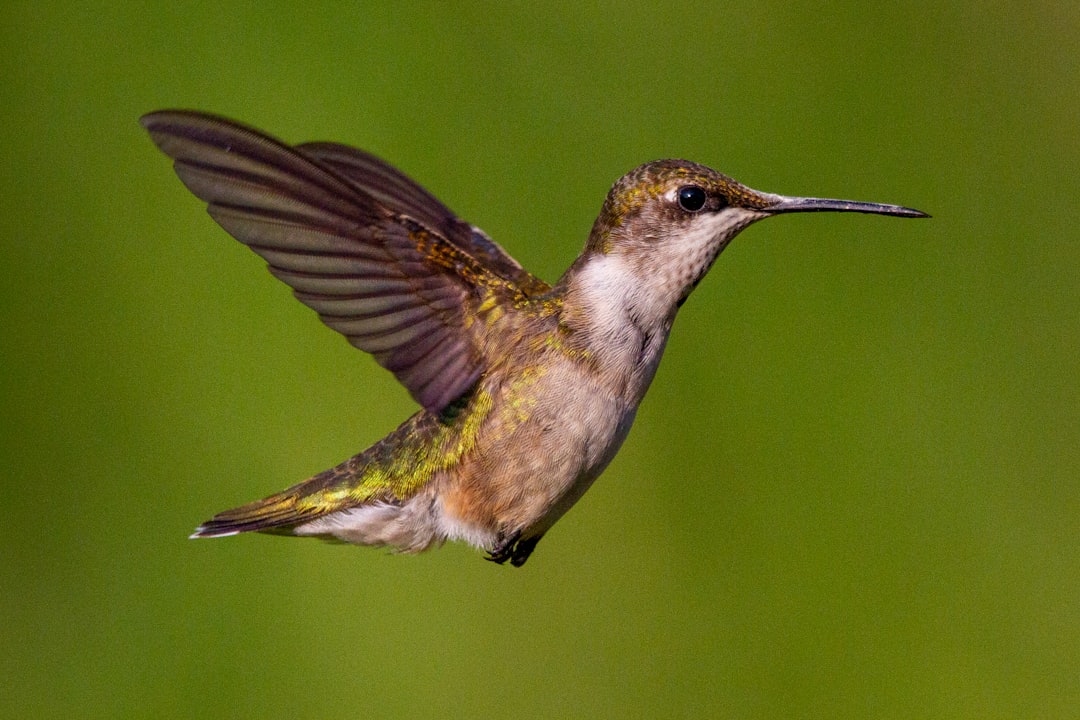
Here’s the jolt: a hummingbird’s heart can slam past a thousand beats per minute in flight, then idle at a small fraction of that when the bird powers down for the night. That swing would flatten most vertebrates, but hummingbirds manage it as a daily routine. The signature blur of their wings, often dozens of beats each second, disguises a deeper trick – keeping every cell fed with oxygen and sugar right when it’s needed and not a microsecond later.
I remember leaning on a garden railing during a July heatwave, watching a ruby-throat hover so close I felt the air pinch my skin. The bird’s chest worked like a piston, but its eyes stayed calm, calculating angles and nectar flow as if nothing about this was difficult. What looks like whimsy is actually disciplined engineering: pipes, pumps, and proteins choreographed like a pit crew at a sprint race. The clues hide in plain sight, if you slow the moment down.
A Metabolic Engine on the Edge
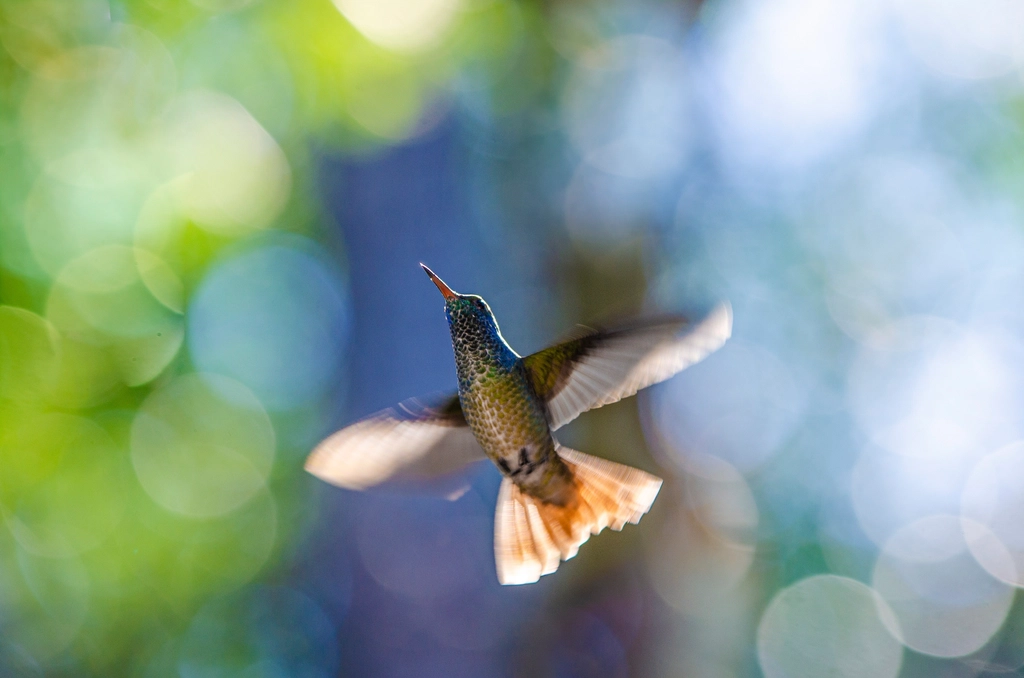
Hummingbirds run the highest known mass-specific metabolic rates among vertebrates, and they do it on simple sugar. Within minutes of feeding, glucose and fructose are routed straight from gut to muscle, making flight feel nearly instantaneous from flower to fiber. When migration calls, they pivot to fat – packing on fuel quickly and burning it clean midair without gumming up the works.
The heart is proportionally huge for a bird this small, and arterial highways are layered with dense capillaries to deliver oxygen where turbulence is fiercest. Flight muscles brim with mitochondria, the cell’s power plants, arranged like crowded cities to slash the commute for energy molecules. It’s not brute force so much as ruthless logistics, ensuring every beat pays for the next one.
The Night Switch: Torpor as Life Support
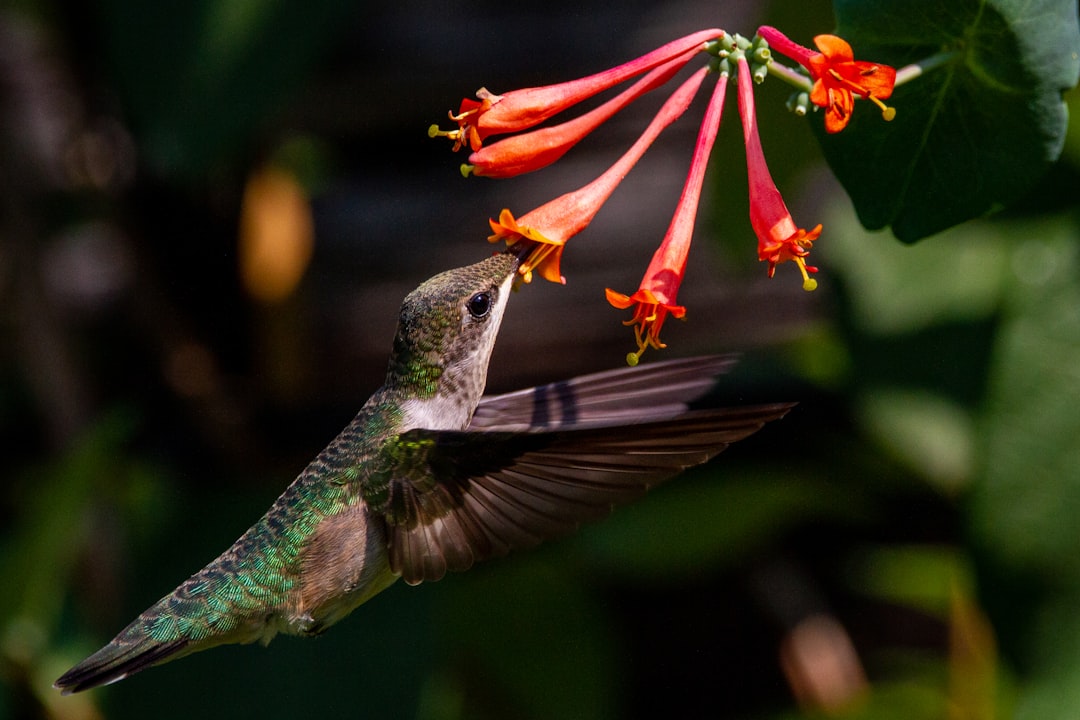
At sunset, the same bird that outflies its limits flips into a state that resembles a controlled shutdown. Body temperature drops, heart rate slows dramatically, and the metabolic fire is damped to pilot-light levels. Scientists call this torpor, and for a hummingbird, it’s less a luxury than a nightly lifeline.
Torpor doesn’t just save fuel; it prevents debt. By tolerating cooler tissues and slower circulation for hours, the bird avoids the oxidative wear that constant redline would inflict. Come dawn, the warm-up is a delicate sequence – heat, heartbeat, breath – until the engine is back on the edge, ready for the first flower. It’s a routine that reads like science fiction, practiced on every branch in the neighborhood.
Blood, Breath, and the Physics of Hovering
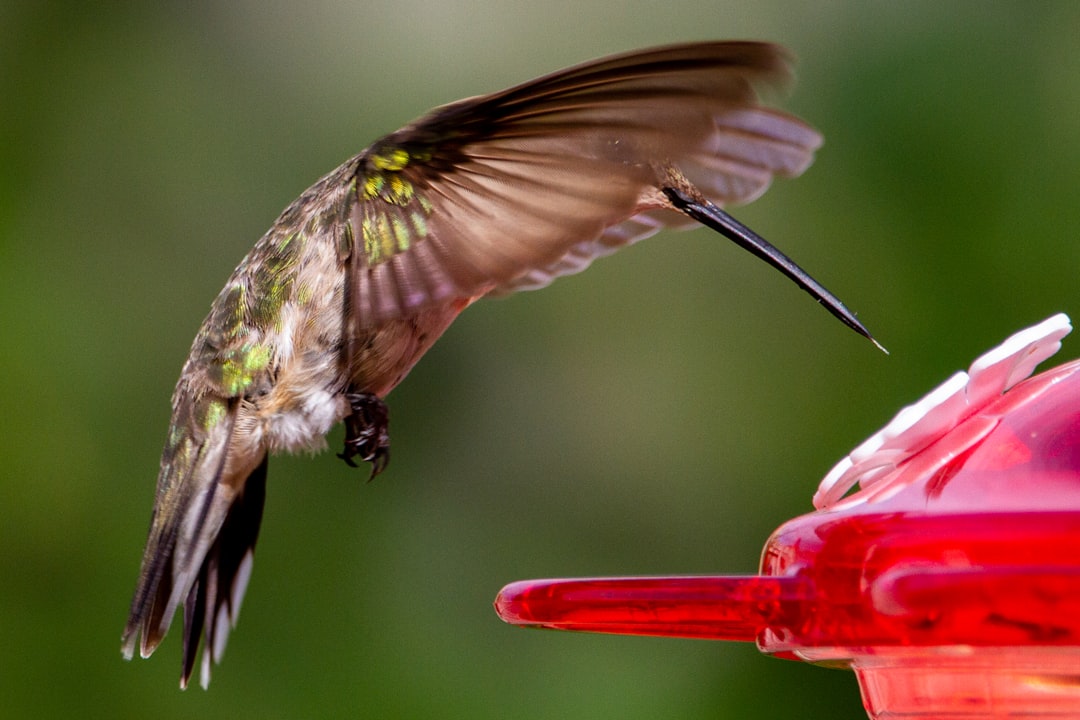
Hovering is not flapping in place; it’s a precise loop of aerodynamic lift created on both the downstroke and upstroke. High-speed cameras and flow-visualization experiments show hummingbirds sculpt small, stable whirlwinds along the wing edge, generating lift like a tiny drone with feathers. That stability is only useful if cells get oxygen fast, so lungs and blood step up with unusually high diffusion and binding capacity.
Hemoglobin characteristics in some species help at altitude, keeping oxygen delivery reliable when the air thins. Capillary networks thread through flight muscles with near-obsessive coverage, cutting the distance oxygen and sugars must travel. In effect, the physics and the physiology hold hands: vortices outside, velocities inside, everything tuned to keep the bird perfectly suspended between breaths.
From Ancient Tools to Modern Science
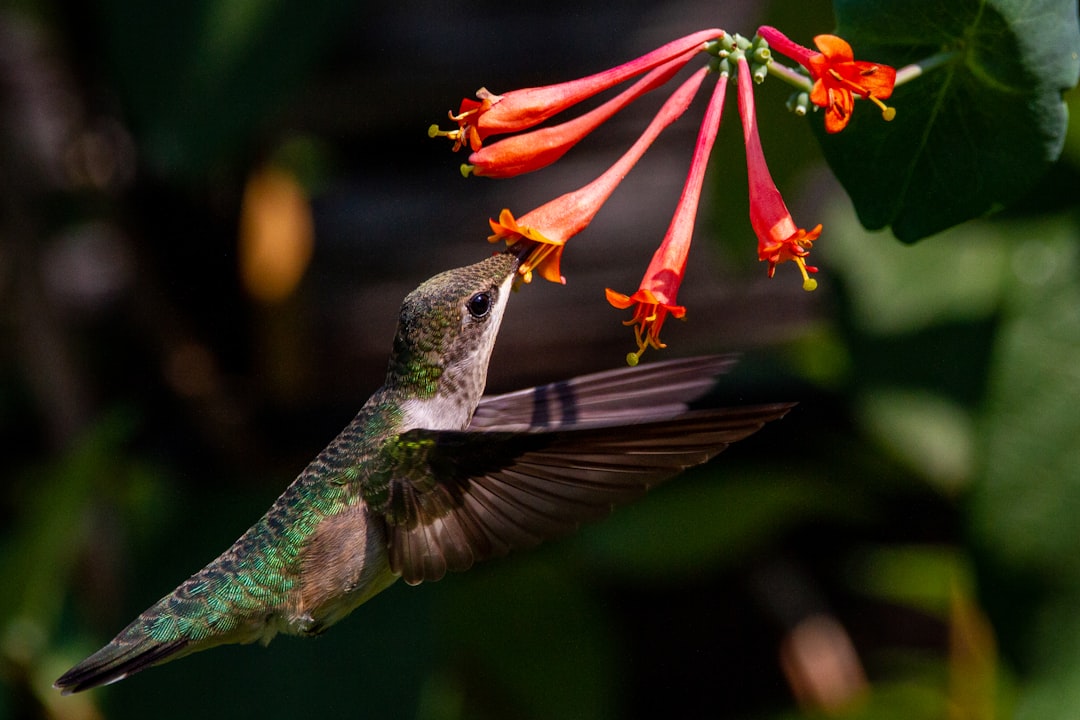
Early naturalists relied on stopwatches and sketches, trying to count blurs and guess the rest. Today, researchers use particle-image velocimetry to map swirls of air around wings, while X-ray and infrared cameras peer through feathers to follow bones, heat, and blood. Micro-CT scans reveal heart and muscle structure without a single incision, and tiny telemetry tags now track migration paths that once felt like rumor.
Feeding mechanics have been rewritten too. High-speed footage shows tongues acting like elastic micro-pumps rather than passive straws, snapping open at the flower and springing shut to haul nectar back. Laboratory calorimetry then ties it all together, measuring how quickly sugars move from a flower visit into wing power. What looked like magic becomes measurable – and even more astonishing.
Why It Matters

If you want to understand failure-proof engines, look to the creature that revs hardest without breaking. Hummingbird physiology is a living lab for cardiology, metabolism, and thermal control, pointing to ways hearts can tolerate high rates and rapid transitions safely. Torpor, especially, hints at medical strategies for controlled cooling and slowing – ideas relevant to surgery, emergency care, and even long-duration travel.
Engineers studying next-generation drones borrow from hovering dynamics, while materials scientists eye the bird’s muscle organization for cues about resilience under constant fatigue. Ecology gains too: hummingbirds are ultra-precise pollinators whose schedules reveal mismatches as seasons shift. When a system this optimized slips, it flags cracks in the broader climate machinery sooner than most indicators.
The Hidden Clues in Color and Taste
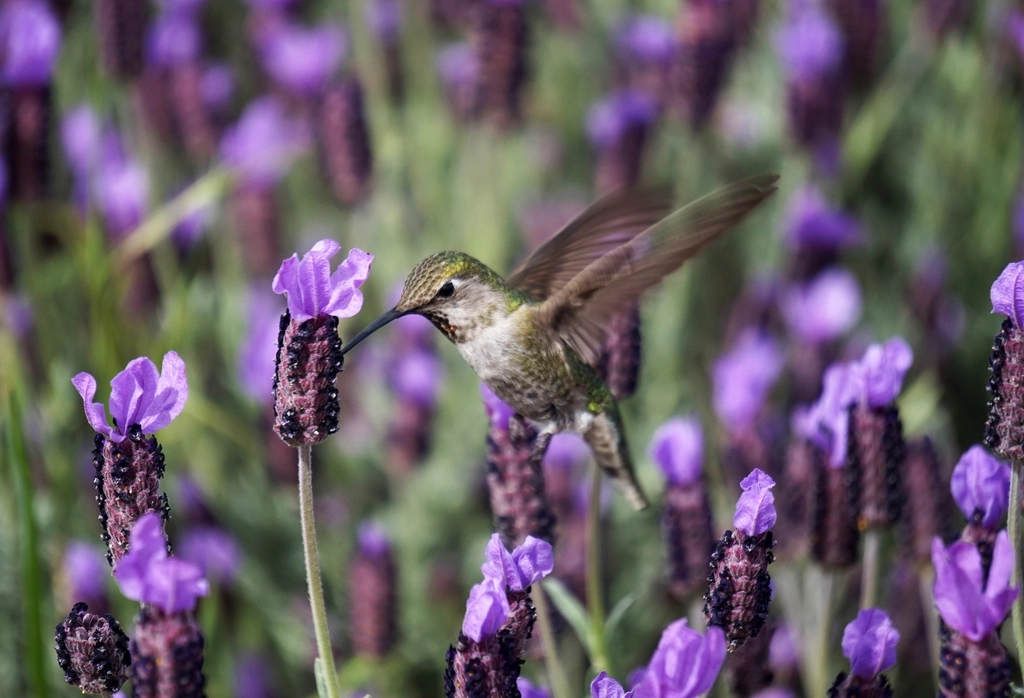
Vision and taste help keep the metabolic books balanced. Hummingbirds see into ultraviolet ranges, parsing petal signals we miss and identifying richer nectar fast, which keeps search time short and margins healthy. Their palates skew toward sweetness, and experiments show a unique molecular tuning that favors sugars over the savory tastes many birds prefer.
This sensory edge is a performance multiplier: better choices per minute mean fewer wasted wingbeats. Flowers, for their part, evolve shapes and colors that meet hummingbird physics – tubes that match bill lengths, petals that stand up to hover turbulence. It’s an arms race softened into a partnership, where speed and signal meet at exactly the right moment.
Global Perspectives

From cloud forests in the Andes to city patios in the United States, hummingbirds navigate an uneven playing field. Urban gardens can be oases, but heat waves, pesticide drift, and window collisions chip away at daily survival. In mountain habitats, warming alters bloom schedules and pushes nectar higher, forcing birds to climb farther for breakfast.
Migration adds another layer: long water crossings and stopovers now depend on weather windows that are getting stranger. In many regions, the safest route is the one with the most people involved – backyards planting natives, researchers monitoring routes, and land managers protecting corridors. The global story is local decisions multiplied thousands of times over.
The Future Landscape
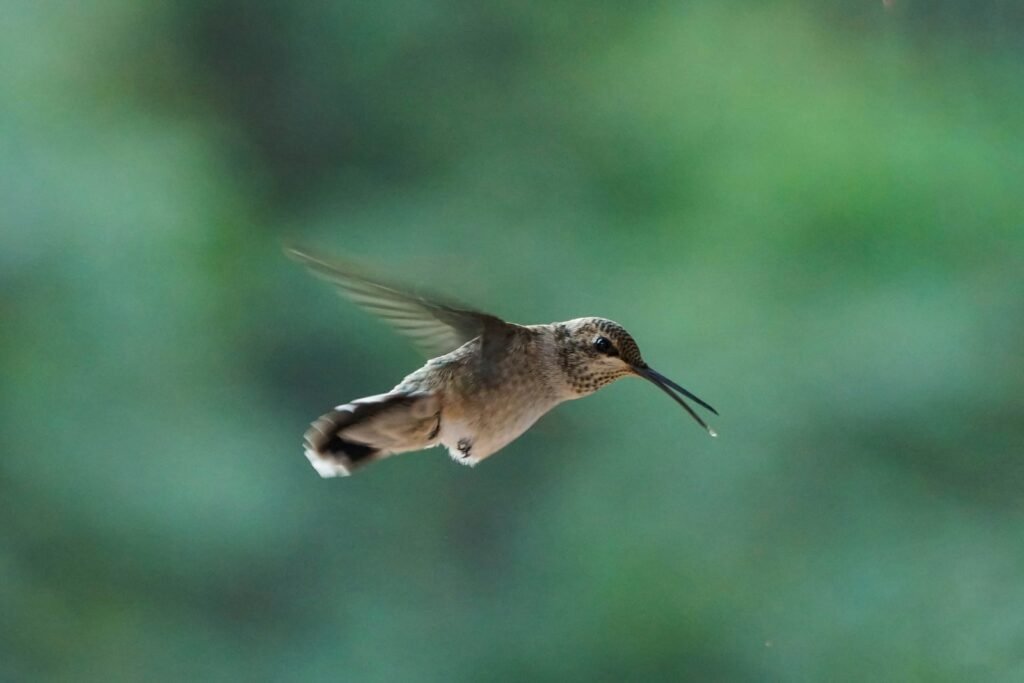
New tools are arriving fast. Lightweight bio-loggers can record heart rate and temperature through an entire night of torpor, while environmental DNA and automated acoustic sensors map where birds feed at dawn. Machine learning turns terabytes of flower and flight footage into patterns we can actually use, guiding where to plant and when to protect.
Challenges loom just as large: novel pathogens at feeders, extreme heat events that outpace torpor’s safety net, and shifts in flowering that leave birds fueled at the wrong time. Still, the path forward is practical – build nectar networks across neighborhoods and parks, keep data flowing from gardens to labs, and treat every migration like a shared project. The hardware is tiny; the system it relies on is anything but.
Simple Actions, Lasting Impact
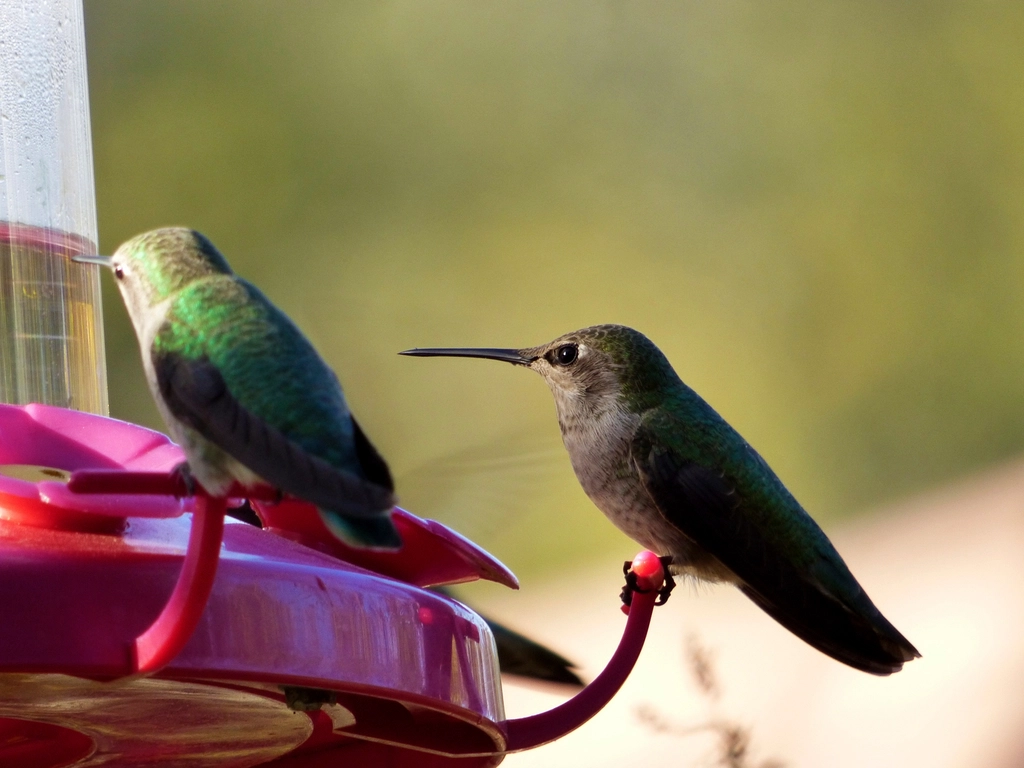
Start with plants that match the birds, not just your color palette: tubular native flowers that bloom in waves from spring to fall. Mix shrubs and perennials so there’s always a backup buffet, and let a patch go a little wild for insects, the protein side of a hummingbird’s diet. If you use feeders, keep them scrupulously clean, avoid dyes, and use plain sugar water at a simple one-to-four ratio.
Make the airspace safer by breaking up window reflections and keeping cats indoors. Log your sightings in community-science projects so researchers can detect shifts in timing and routes sooner. Small, steady choices add up to a flight path that keeps these tiny engines running where we live and where they rest between continents.

Suhail Ahmed is a passionate digital professional and nature enthusiast with over 8 years of experience in content strategy, SEO, web development, and digital operations. Alongside his freelance journey, Suhail actively contributes to nature and wildlife platforms like Discover Wildlife, where he channels his curiosity for the planet into engaging, educational storytelling.
With a strong background in managing digital ecosystems — from ecommerce stores and WordPress websites to social media and automation — Suhail merges technical precision with creative insight. His content reflects a rare balance: SEO-friendly yet deeply human, data-informed yet emotionally resonant.
Driven by a love for discovery and storytelling, Suhail believes in using digital platforms to amplify causes that matter — especially those protecting Earth’s biodiversity and inspiring sustainable living. Whether he’s managing online projects or crafting wildlife content, his goal remains the same: to inform, inspire, and leave a positive digital footprint.




